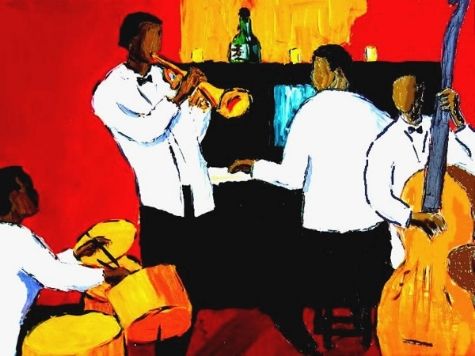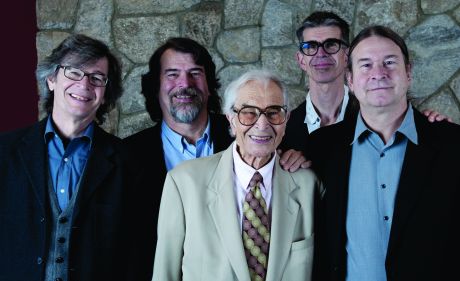Nancy Wison was a multi-faceted entertainer who enjoyed a lengthy career in music, television, film, and radio. She was singing in clubs while still in high school and gave her final live perfomance in 2011, seven years before her death. When it came to music, Wilson described herself as a "song stylist" and moved smoothly through jazz, blues, R & B, pop, and soul music. She worked with some of the finest musicians of her generation: Hank Jones, Ramsey Lewis, and, perhaps most notably, Julian "Cannonball" Adderley. Their 1962 Capitol Records recording "Nancy Wilson and Cannonball Adderley" not only boosted her recognition at the time, but remains a classic among jazz fans.
Wilson would go on to have further recording success, including Billboard chart toppers for Capitol Records, and ultimately released over 60 albums and singles, earning 3 Grammy Awards in her lifetime. She was named an NEA Jazz Master in 2004 and has a star on the Hollywood Walk of Fame. In addition to her success as a vocalist, Wilson also found success in television and film, appearing in shows like "I Spy" and "Hawaii 5-0." She brought her multiple talents to radio as the host of NPR's "Jazz Profiles" from 1996 through 2005.
As versatile as she was as a singer, actor, and radio host, Wilson is also remembered for her commitment to equal rights and human rights. She marched in Selma with Martin Luther King, Jr. and in 1993 received an award from the Martin Luther King Jr. Center for Nonviolent Social Change in 1993; the NAACP Image Award – Hall of Fame Award in 1998. She was also awarded the NAACP Lifetime Achievement Award.




